Wheel Roller Compactor: It’s Essential to Boost Your Project
Structural integrity of roads and buildings is dependent on the existing soil conditions. The soil on site should be strong enough to sustain traffic loads for roads and structural loads for buildings. The strength of the soil depends on a variety of factors; the main ones being density. Compaction is the easiest and most common way to improve a soils density and its bearing capacity. Through compaction, air spaces between soil particles are eliminated resulting in a densely packed soil structure. Dense packing of soil particles eliminates movement of the particles preventing settling when the soil is subjected to loads. Other factors prevented by compaction are cracking and formation of potholes on road surfaces.
The wheel roller compactor and its role in the compaction process
The increased number and scale of construction projects implies that compaction was needed at a larger scale. To meet the demand and maintain efficiency, mechanization was needed; hence the invention of wheeled roller compactors. Wheeled roller compactors are pieces of equipment with a weighted drum on one end and a rubber tire or two on the other end. Wheeled roller compactors reduce the amount of time and human labor needed for compaction processes.
Contents
Understanding Wheel Roller Compactors
A. Function of wheel roller compactor
A wheeled roller compactor is a construction equipment used to compact various types of soil, gravel, asphalt, or other materials during construction and in road maintenance. It consists of a large, cylindrical steel drum fitted with wheels and driven by an engine. The compactor’s primary function is to apply pressure and vibration to the surface, reducing air voids and increasing the material’s density. This process improves the stability and bearing capacity of the soil or material under compaction.
B. Types of wheel roller compactors and their applications
- Smooth Wheel Roller Compactor- This type of compactor features a smooth steel drum and is primarily used for compacting granular materials such as gravel, sand, or crushed stones. It helps achieve a level and smooth surface, making it suitable for applications like road construction, parking lots, and foundations.
- Pneumatic Tire Roller Compactor- Pneumatic tire compactors have rubber tires instead of steel drums. The tires can be inflated or deflated based on the required compaction pressure. These compactors are versatile and are often used for compacting cohesive or semi-cohesive materials like asphalt layers, sub-base layers, and patching work. The adjustable tire pressure allows for better compaction control.
- Grid Roller Compactor- A grid roller compactor has a steel drum equipped with a grid pattern of steel bars or lugs. This design helps in kneading or crushing cohesive materials, such as clay or silt, to improve their compaction properties. Grid rollers are commonly used in projects involving clayey soil stabilization, landfill construction, or compacting dam embankments. Padfoot roller compactors operate under the same principle as grid rollers. However, with padfoot, the grids are replaced by protruding pads or feet.
C. Components and features of a typical roller compactor
- Steel Drum- The steel drum is a cylindrical component that makes direct contact with the material being compacted. It applies pressure and compaction force to the surface, helping to increase its density.
- Wheels- The compactor is equipped with a set of wheels that provide mobility and allow the machine to move across the work area. The wheels are usually made of rubber and can be solid or pneumatic, depending on the compactor type.
- Engine- A wheel roller compactor is powered by an internal combustion engine, typically running on diesel fuel. The engine provides the necessary power to drive the compactor’s movement and operate other components, such as the vibration system.
- Vibration System- Many wheel roller compactors have a vibration system that adds an oscillating motion to the drum. This vibration helps to further enhance the compaction process by breaking up air voids and allowing for better material penetration.
- Water System- To prevent material sticking to the drum and to aid in compaction, some compactors feature a water system. It sprays water onto the drum, reducing friction and improving the smoothness of the compaction process.
- Operator’s Cabin- The compactor is equipped with an operator’s cabin or platform from which the operator controls the machine. The cabin provides a comfortable working environment and is designed with visibility and safety in mind. The cabin also house roll-over protection mechanisms such as seatbelts to keep the operator safe.
- Controls and Instrumentation- The operator’s cabin houses controls and instrumentation to operate and monitor the compactor. This includes controls for starting, stopping, and steering the machine, as well as gauges and indicators for monitoring engine performance, vibration settings, and other parameters
Working Principles
A. How wheeled roller compactor operates
A wheeled roller compactor operates by moving over the surface to be compacted using its wheels. The steel drum exerts downward pressure onto the material. In some cases, the compactor’s drum may also vibrate to further enhance compaction. The compactor’s movement, pressure, and vibration work together to reduce air voids and increase the density of the material being compacted.
B. The compaction process using a wheeled roller compactor
The compaction process using a wheeled roller compactor involves several steps. First, the compactor is positioned at the starting point on the surface to be compacted. The operator drives the compactor forward, allowing the steel drum to make contact with the material. The compactor’s weight and downward force applied by the drum compress the material, reducing air voids. If equipped, the vibration system adds oscillating motion to enhance compaction. The compactor continues moving forward, overlapping each pass until the desired compaction level is achieved.
C. Factors influencing compaction effectiveness and efficiency
Several factors influence the effectiveness and efficiency of compaction using a wheeled roller compactor. First is the type and characteristics of the material being compacted, such as its moisture content, gradation, and compaction properties. The compactor’s weight, drum width, and drum configuration also play a role. Other factors include the compaction method (static or vibratory), operator skill and experience, speed of compactor, and environmental conditions like temperature and humidity. Proper selection and adjustment of these factors contribute to achieving optimal compaction results.
Benefits and Applications
A. Advantages of using a wheel roller compactor
- Efficient Compaction- Wheel roller compactors provide effective and efficient compaction of various materials, including soil, gravel, and asphalt. They help increase material density, reducing air voids and improving the stability and durability of the compacted surface.
- Versatility- Wheel roller compactors are versatile machines suitable for a range of applications. They can be used in road construction, parking lot development, foundation preparation, and other projects where compaction is required.
- Increased Productivity- The use of wheel roller compactors enhances productivity by covering larger areas quickly. Their mobility and speed allow for efficient compaction over extended distances, reducing the time required to complete a project.
- Enhanced Surface Quality- Wheel roller compactors create smooth and even surfaces, resulting in improved ride quality and reduced maintenance needs. The compaction process helps eliminate bumps, unevenness, and loose particles, providing a more aesthetically pleasing and functional surface.
- Cost Savings- By achieving proper compaction, wheel roller compactors contribute to long-term cost savings. Well-compacted surfaces require less maintenance, have improved load-bearing capacity, and experience fewer issues such as potholes or surface failures.
- Operator Comfort and Safety- Modern wheel roller compactors are designed with operator comfort and safety in mind. Features like ergonomic operator cabins, vibration damping systems, and safety mechanisms contribute to a better working environment and reduce operator fatigue and risk.
B. Common applications of wheel roller compactors in construction projects
- Road Construction- They are used to compact the base, sub-base, and asphalt layers in road construction, ensuring stability and durability.
- Parking Lots- Wheel roller compactors are employed to compact the gravel or asphalt layers in parking lot construction, providing a solid and even surface.
- Foundations- They are used to compact soil or aggregate layers in foundation preparation for buildings, ensuring a stable base for construction.
- Landfills- Wheel roller compactors help compact waste materials in landfills, reducing volume and increasing landfill capacity.
- Dam Construction- They are utilized to compact embankments and fill materials in dam construction, ensuring stability and preventing seepage.
C. Comparison of wheel roller compactors with other compaction methods
Wheel roller compactors, compared to other compaction methods, have some distinguishing characteristics. Unlike plate compactors that exert downward force, wheel rollers apply compaction through their weight and rolling action. This allows wheel rollers to cover larger areas quickly, making them more efficient for larger-scale projects.
Selection and Operation
A. Factors to consider when selecting a wheel roller compactor
- Project Requirements- Assess the specific project requirements, such as the type of material to be compacted, the compaction density needed, and the size of the area to be compacted. This helps determine the appropriate compactor size, drum width, and compaction method.
- Material Characteristics- Consider the characteristics of the material being compacted, such as its gradation, cohesion, and moisture content. Different materials require different compaction techniques and drum configurations for optimal results.
- Site Conditions- Evaluate the site conditions, including the terrain, accessibility, and any potential obstacles. This helps determine the mobility, maneuverability, and size of the compactor needed to operate effectively in the given environment.
- Operator Comfort and Safety- Consider the comfort and safety features of the compactor, such as operator cabin design, visibility, noise reduction measures, and safety mechanisms like ROPS. A comfortable and safe operating environment enhances productivity and reduces operator fatigue and potential risks.
- Maintenance and Serviceability- Evaluate the maintenance requirements and serviceability of the compactor. Consider factors like ease of access to components, availability of spare parts, and the reputation of the manufacturer for customer support and after-sales service.
- Budget and Cost Considerations- Determine the budget available for the compactor purchase or rental. Compare the prices, features, and capabilities of different models to find the best fit within the allocated budget.
B. Proper operation techniques and safety precautions
- Read the operator’s manual and receive proper training before operation.
- Inspect the compactor for any damage or malfunction before starting.
- Wear appropriate personal protective equipment (PPE), including high-visibility clothing, hard hat, safety shoes, and ear protection.
- Operate the compactor at a safe speed, considering the terrain and surface conditions.
- Maintain a safe distance from other workers and obstacles.
- Avoid abrupt starts or stops to prevent loss of control.
- Use caution when turning or reversing to avoid tipping.
- Follow proper compaction patterns and overlap passes for uniform compaction.
- Be aware of potential hazards like utilities, trenches, or uneven surfaces.
- Regularly check and maintain the compactor, including cleaning and lubricating as recommended.
C. Maintenance and troubleshooting tips for wheel roller compactors
- Regularly inspect the compactor for any signs of wear, damage, or loose components.
- Clean the compactor after each use to remove dirt, debris, and buildup.
- Lubricate moving parts according to the manufacturer’s recommendations.
- Check and maintain proper tire pressure or drum vibration settings.
- Monitor fluid levels, such as engine oil, coolant, and hydraulic fluid.
- Address any abnormal vibrations, noises, or fluid leaks promptly.
- Keep a record of maintenance tasks and schedule routine service as recommended by the manufacturer.
- If troubleshooting issues arise, consult the operator’s manual or contact a qualified technician for assistance.
Case Studies
A. Examples of projects utilizing wheel roller compactors
Case Example 1: Interstate Highway Construction in California
In a highway construction project in California, wheel roller compactors were used successfully to compact the base and asphalt layers of an interstate highway. The compactors were chosen based on the project requirements, including the need for high compaction density and efficient operation.
Case Example 2: Parking Lot Development in New York
In a parking lot development project in New York, wheel roller compactors played a crucial role in achieving a solid and even surface. The compactors were used to compact the gravel and asphalt layers of the parking lot. Their versatility and mobility allowed for efficient and rapid compaction over a large area.
B. Impact of wheel roller compactors on project outcomes
In the first case, the wheel roller compactors effectively achieved the desired compaction levels, resulting in a durable and smooth road surface that met the rigorous standards of interstate highways. For the parking lot development in New York, the use of wheel roller compactors resulted in a well-compacted and aesthetically pleasing parking lot that provided excellent functionality and durability for long-term use.
C. Real-world challenges and solutions related to wheel roller compactors
Real-world problems related to wheel roller compactors can include issues like uneven compaction, inadequate compaction density, equipment breakdowns, and safety hazards. Solutions to these problems involve proper training and supervision of operators, regular maintenance and inspections, adjusting compactor settings as per material requirements, utilizing appropriate compaction techniques, and following safety guidelines. Continuous monitoring and improvement measures help address and mitigate these challenges.
Future Trends and Innovations
A. Current advancements in wheel roller compactor technology
Current developments in wheel roller compactors technology focus on improving efficiency, performance, and operator comfort. Advancements include intelligent control systems for precise compaction, integrated telematics for remote monitoring and diagnostics, eco-friendly engines for reduced emissions, ergonomic operator cabins for enhanced comfort, and enhanced automation features for increased productivity. Additionally, there is a growing emphasis on incorporating sustainability principles, such as energy-saving technologies and recyclable materials in the construction of compactors.
B. Potential future developments and improvements
Potential future developments in wheel roller compactors may include advancements in autonomous operation, artificial intelligence for optimizing compaction processes, advanced sensors and data analytics for real-time monitoring and analysis, integration with construction management systems, and further improvements in energy efficiency and environmental sustainability. Additionally, innovations in material design and drum technologies may enhance compaction performance and durability.
C. Implications for the construction industry and compaction processes
Future developments in wheel roller compactors can have significant implications for the construction industry. They can lead to increased efficiency, improved compaction quality, reduced labor requirements, enhanced safety, and more sustainable construction practices, ultimately resulting in faster project completion and higher-quality infrastructure.
Conclusions
Wheeled roller compactors play a crucial role in construction projects by achieving proper compaction of various materials. They offer advantages such as efficient compaction, versatility, increased productivity, enhanced surface quality, and cost savings. Proper operation techniques and safety precautions are essential for their effective use.
Looking ahead, the future of wheeled roller compactors in construction is promising. With ongoing developments in technology, we can expect advancements in automation, intelligent control systems, sustainability features, and improved performance.
These innovations will lead to increased efficiency, better compaction results, and reduced environmental impact, further revolutionizing the construction industry.
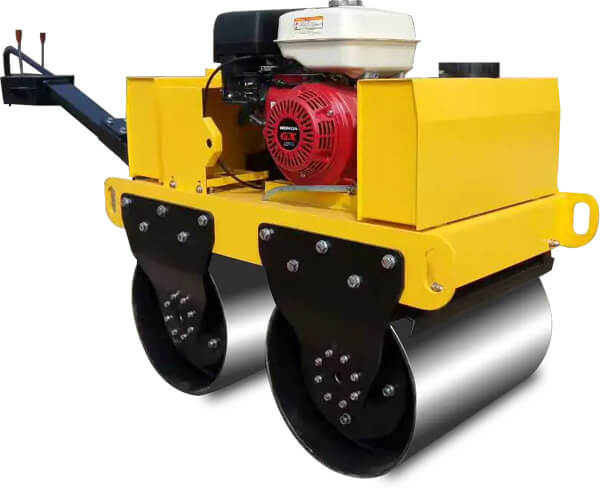
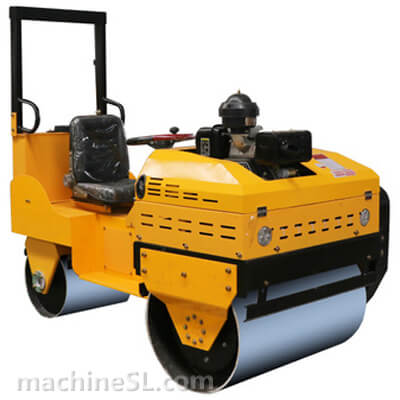
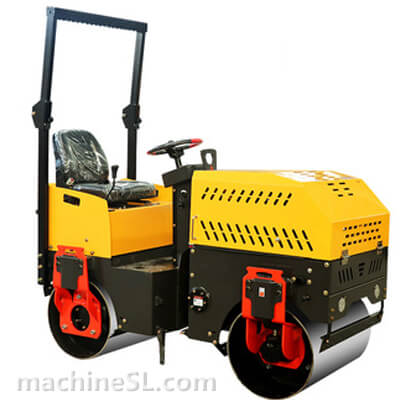
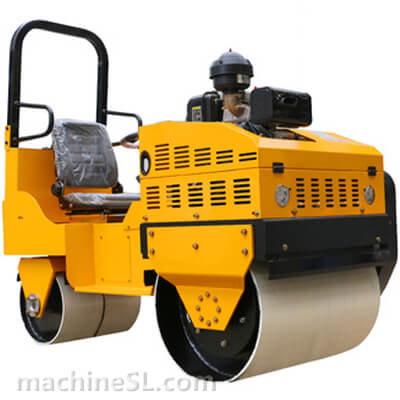
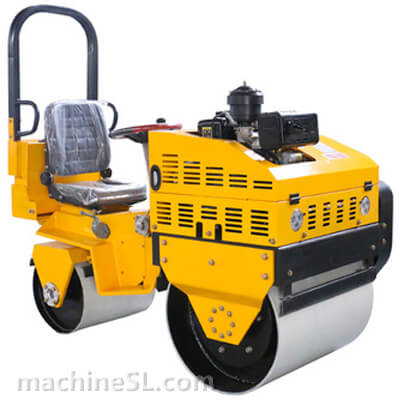
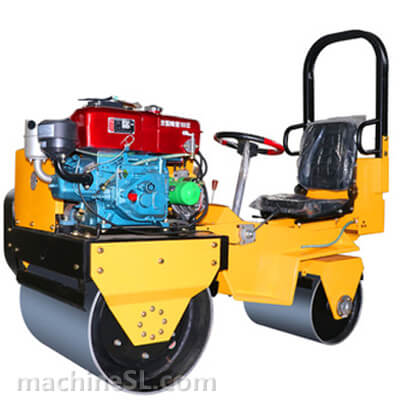
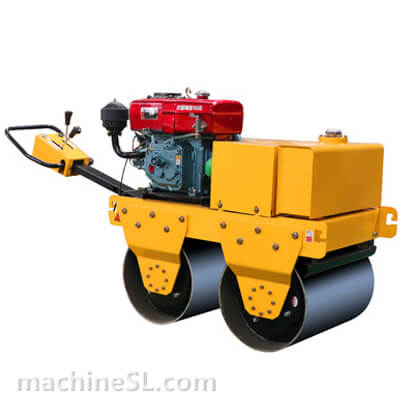
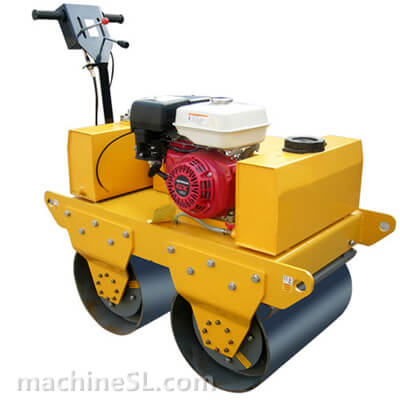
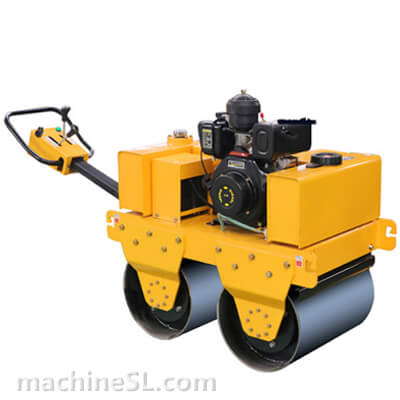
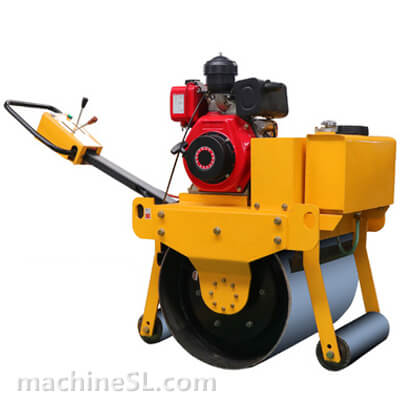
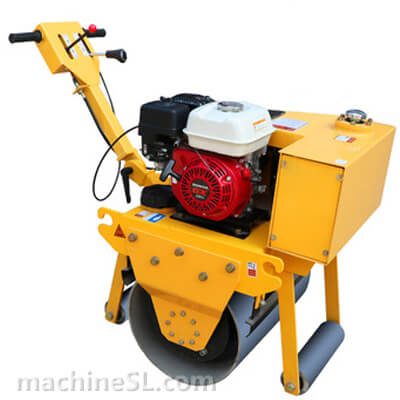
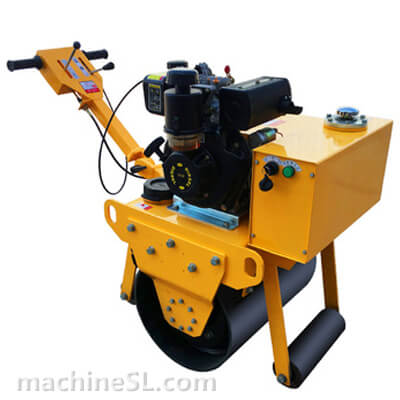
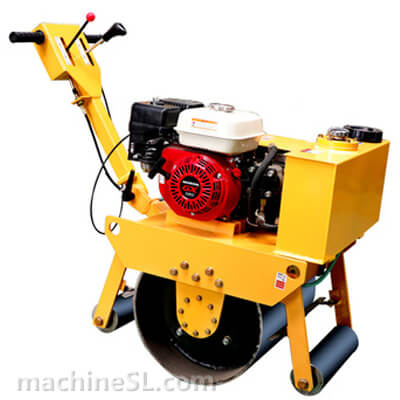



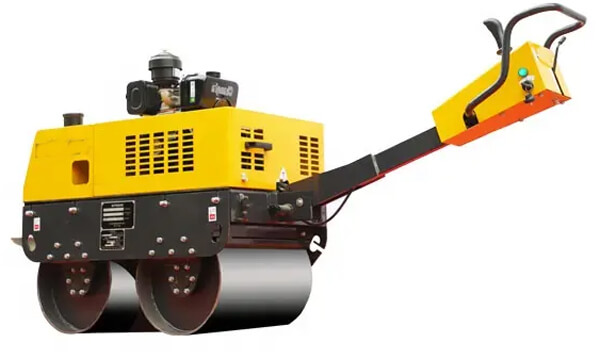
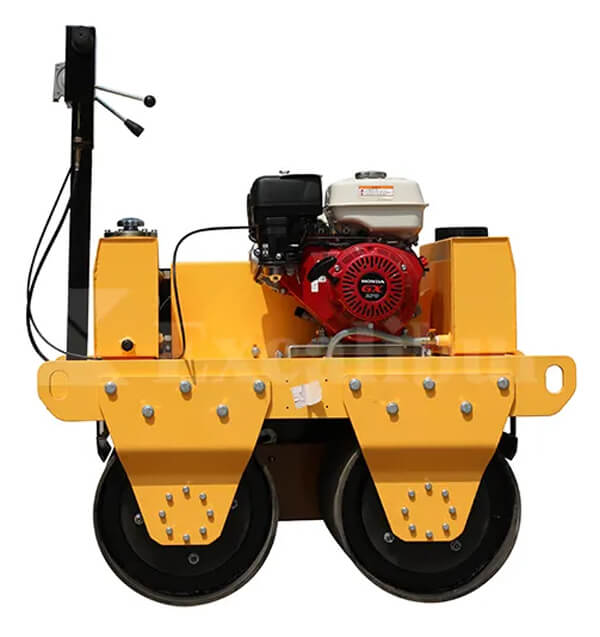
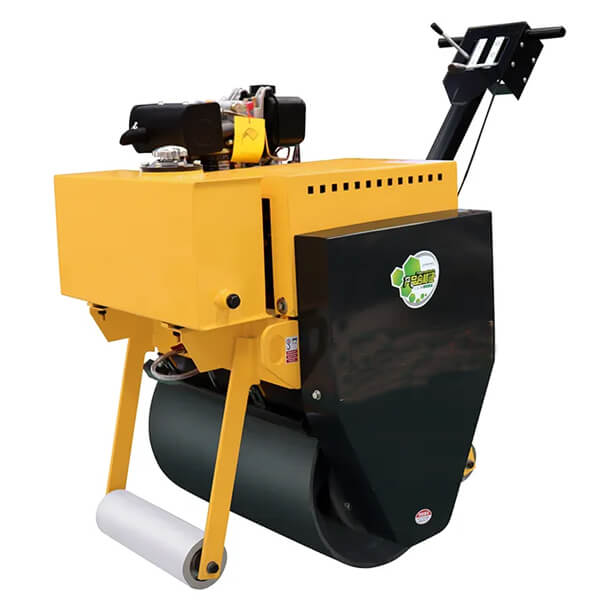
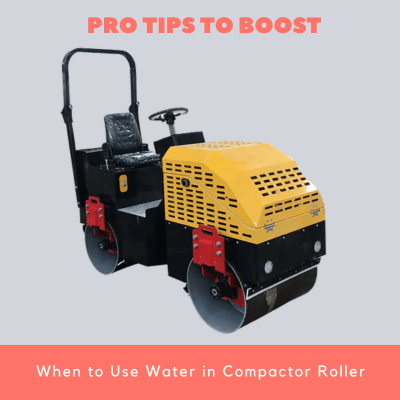
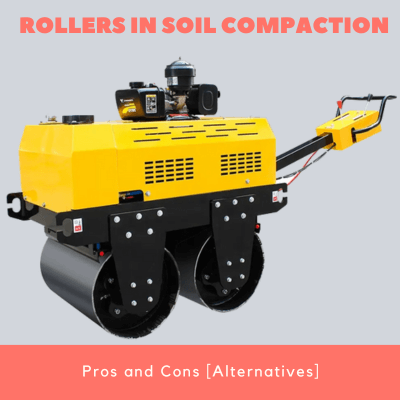
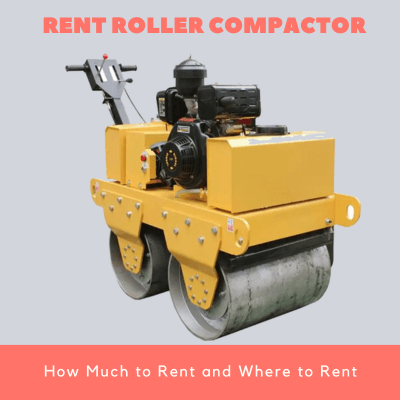
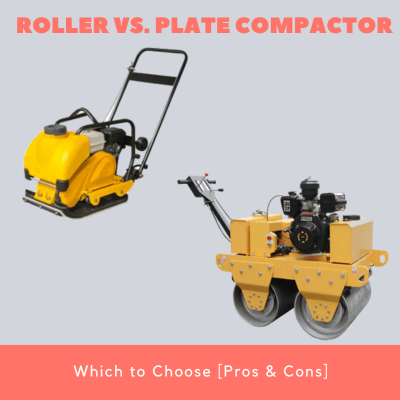
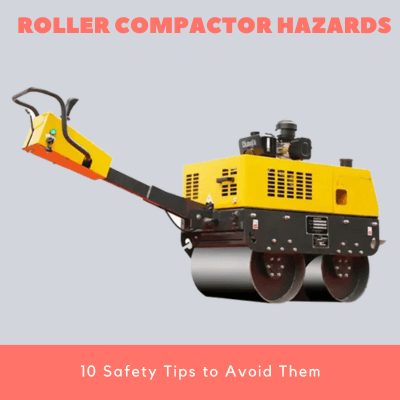
Leave A Comment